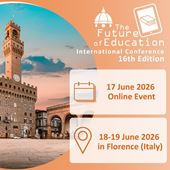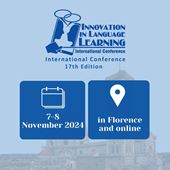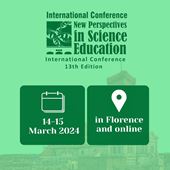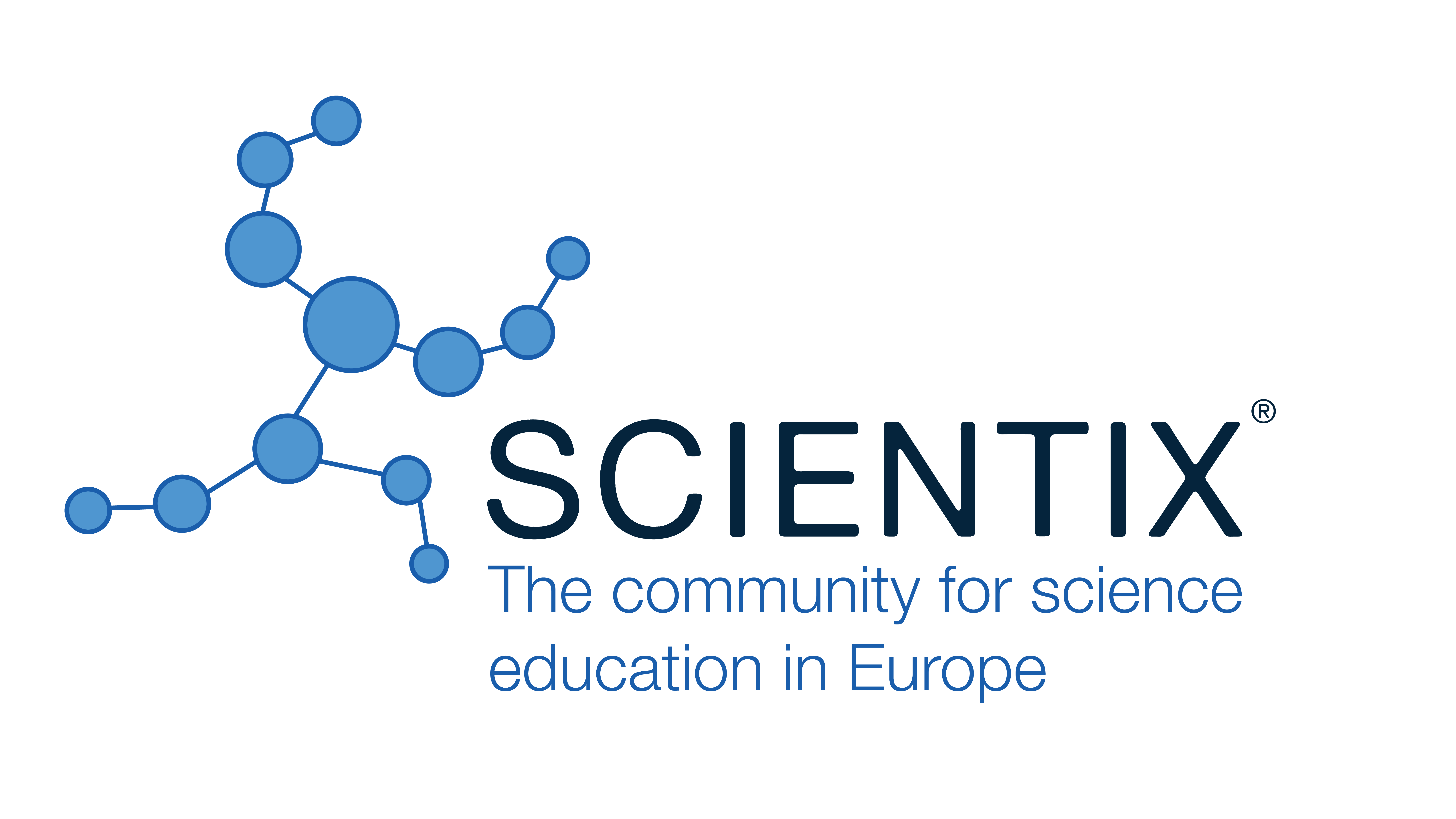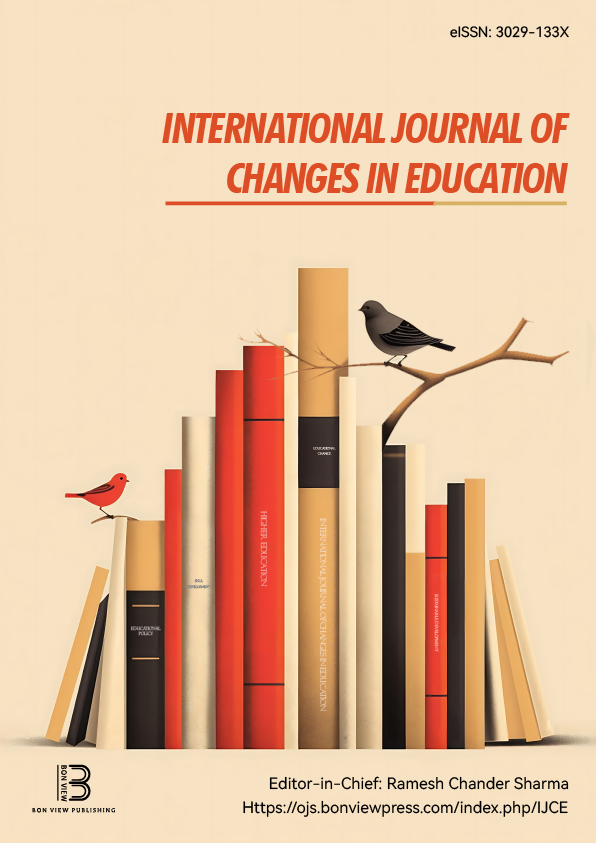Preparing Design Students for an Omnidimensional Future in MultiMedia
Peggy Bloomer, Central Connecticut State University (United States)
Abstract
Much of education stands at a pivotal crossroads, demanding a transformative approach to prepare students for an interconnected, technology-driven world. As the field expands beyond traditional print into multidimensional domains like user experience (UX), artificial intelligence (AI), and augmented reality (AR), aspiring designers face the challenge of mastering diverse systems that encompass physical, psychological, social, cultural, technological, and economic factors. Addressing this need, the proposed Multimedia major aims to bridge legacy practices with emerging design trends, equipping students to navigate dynamic professional landscapes effectively.
This program integrates communication, graphic design, journalism, and music courses, offering a comprehensive curriculum that balances foundational skills with cutting-edge competencies. It prioritizes cross-disciplinary collaboration, hands-on experiential learning, and a systems-thinking approach. Core elements include technical expertise in motion graphics, human-centric design, data visualization, and robust training in multimedia storytelling and ethical considerations. Furthermore, the program emphasizes career preparedness through internships, capstone projects, and partnerships with community media organizations, ensuring students graduate with industry-relevant skills portfolios.
Challenges in traditional academic programs, such as limited course offerings and outdated pedagogies, underscore the necessity of a forward-looking initiative. This major exemplifies a shift toward a holistic educational model by leveraging innovative solutions like experiential learning, integrating analog artifacts within digital courses, and fostering adaptability through AI and AR applications. It aligns with employer expectations, which increasingly prioritize versatile employees who are adept in UX, 3D modeling, and interdisciplinary collaboration.
As design, communication, journalism, and music evolve into a multidisciplinary practice, the Multimedia major aspires to cultivate professionals capable of synthesizing diverse perspectives to address complex, real-world challenges. This approach ensures graduates are technically proficient and agile thinkers prepared to make meaningful contributions to an ever-expanding field. The new program envisions a future where students are equipped to thrive "everywhere, all at once" in a globally connected, rapidly advancing multimedia ecosystem.
KEYWORDS: Design Education, Multimedia Curriculum, Emerging Technologies, Cross-Disciplinary Learning, Career Preparedness
 The Future of Education
The Future of Education

